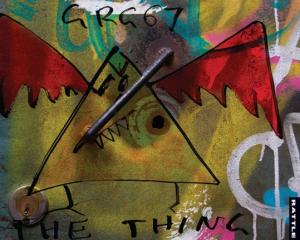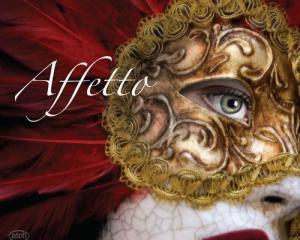This is a musical feast of kaleidoscopic tones for voices, brass, wind, strings, lutes and organs, the recording recreates a thanksgiving vesper in commemoration of the famous Venetian naval victory at Lepanto in 1571, celebrated for over 200 years in a new festival, the Feast of the Holy Rosary.
One highlight is a reconstruction of Giovanni Gabrieli's monumental and magnificent 28-voice Magnificat for seven antiphonal choirs plus continuo.
Only music for two of the choirs survived, but Hugh Keyte managed to reconstruct it from Gabrieli's common use of echoes, and being based on an earlier, still extant version for three choirs.
The music of Viadana, a contemporary and colleague of Monteverdi, also features prominently in this assembly of late Renaissance and early Baroque music. as well as plainchant that would have been an integral part of the service.
Much music is antiphonal and written for nearly as many voices as the Striggio success.
The title "1612" represents a year of momentous events: the death of Gabrieli; marking the apex of the fashion for multi-choirs.
1612 also marks the publication of Viadana's collection of four-choir "Vesper Psalms", with a layout rather more forward-looking than Monteverdi's psalms in his 1610 publication.
As The Times of London stated: "Everywhere on this exciting disc we find bold voices atmospherically recorded, standing tall in towering blocks of sound or curling in polyphonic raptures."
Treat: For lovers of polyphony and plainchant.












